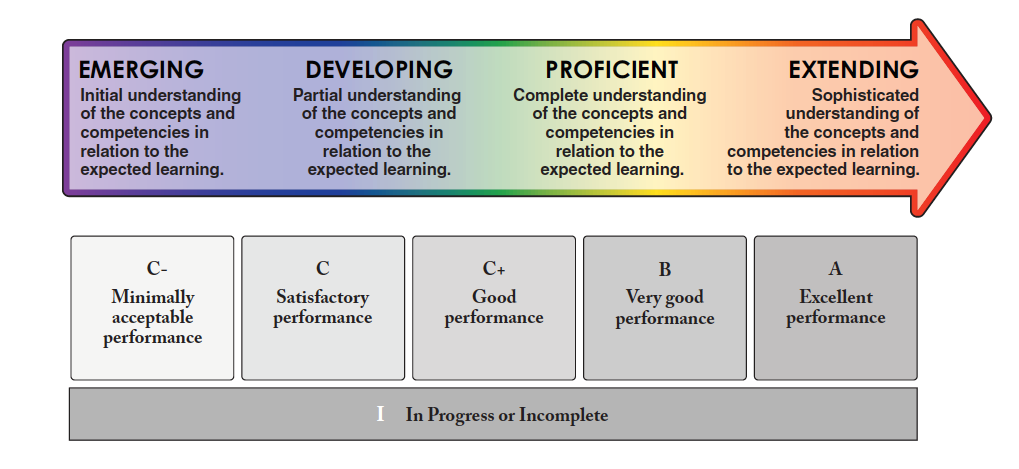It is essential for teachers to be able to track, diagnose and evaluate their students’ learning. Assessments are essential for us to know if our students have grasped the newly taught material. When the next topic to learn is based on the previous one, we need to be sure the whole class understands before moving on. The three primary assessments types that are critical for elementary education are diagnostic, formative and summative assessments.
Diagnostic assessment should be done when first presenting a new topic to learn, as teachers must gauge the various levels of knowledge that each student has concerning the topic. If some students need support to reach the base level of knowledge required for learning the new topic then more time can be spent on building that foundation. Diagnostic assessment is also valuable in determining who has the strongest and weakest at literacy, numeracy and critical thinking skills in the class. For those students who are the strongest, additional challenging material should be made available to them. For the students who are weakest, teachers can give out additional practice material that start a bit easier and get progressively more difficult. Knowing the different skill levels of the students in the class can also allow for individual learning. For example, if you have a split class of second and third grade math students, both classes can learn about multiplication but the higher grade students can do questions with a larger numerical range or answer more challenging word problems.
Formative assessments are crucial in determining if our students understand the topic while teaching it. If they don’t then we need to spend more time revisiting the topic. Teachers can use small groups or pairs to allow peers to collaboratively learn about the topic. This helps to build peer relationships and stronger students can model or even mentor their peers about the learned topic. When pairs share to the class what have discussed, the teacher can elaborate or correct them on the topic. Asking if students would like to solve a white board problem for the whole class to see is empowering but care must be taking that it is voluntary. Using personal whiteboards for math, spelling and simple sentences to answer game style quizzes can make formative assessment more fun and be a great motivator.
Finally summative assessment is needed before moving on at the end of chapter, topic or term. This assessment checks to make sure that our students understood the what was taught. When performing this summative check teachers can use traditional assessments or authentic assessments. A traditional assessment would be taking a test and choosing a specific multiple-choice response. Alternatively, authentic assessments have students apply the knowledge they have learned by doing a project or by performing a real-life application of it. Regardless of the style of testing, summative assessments are necessary for evaluating what our students have learned and how much they understand. In elementary school, summative assessments are evaluated on B.C.’s provincial proficiency scale and are used to determine individual student progress. These proficiency evaluations are still a bit fuzzy to me, as when I was in grade school I was given letter grades. [See picture for an approximate conversion of proficiency and letter grade scales.] The distinction between proficient and extending scales might be hard to clearly quantify at the primary grade levels, where math is simple. One important aspect of summative assessment is that I can use its result to guide my own self-reflection as to what did and did not work in a lesson plan, and tweak my teaching methods for future classes. In addition, I can share my resulting class progress and self-reflections with another teacher who will inherit my students in the next grade. Collaboration with other educators will not only help my students learn better in the future, but also help me teach better in the present.


